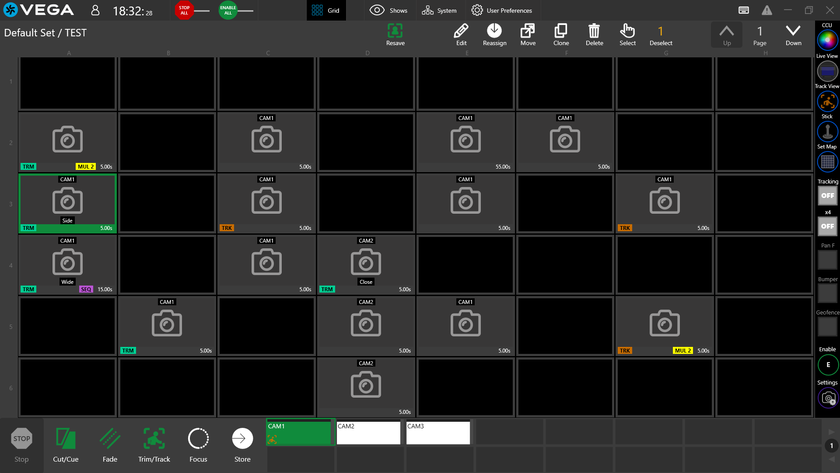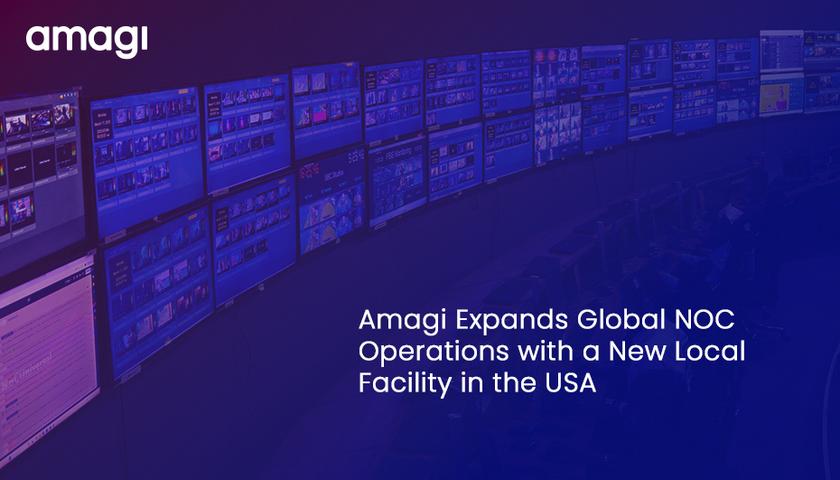Ulead Systems MediaStudio Pro 6.0
Fast FactsApplications: Nonlinear editing
Key features: Works with native DV; MPEG compatibility.
Price: $495
Contact:
Ulead
800-853-5323
www.ulead.com The key feature of this product is that it provides virtually everything a video content creator needs in one box. MediaStudio Pro 6.0 includes applications for video capture, editing, animated title/graphics, video paint and audio editing, and it captures and edits in DV or MPEG-2 formats.
With a retail price of $495, Ulead is aiming at the prosumer market in desktop video editing. The company’s strategy is to take tools previously available in high-cost professional applications and recast them into a format and price appealing to entry-level professionals. Finished video can be output in a variety of formats, making it particularly attractive to people producing streaming video and video CDs.
The system is designed to run on Windows 95, 98, 2000 and Windows NT 4.0.
FEATURES
This is a software-only package and does not include a capture card. Instead, it is designed to work with many commonly available capture cards. A prominent feature is MediaStudio’s ability to convert video files into the MPEG-2 format and to support MP3 audio input. While the software can capture and edit in MPEG-2, it cannot record to DVD, relegating this feature to desktop display and Webstreaming.
The software package includes applications titled Video Capture, Video Editor, Video Paint, CG Infinity and Audio Editor.
The Video Capture module interfaces with a variety of available video capture cards supporting analog and DV formats. The capture software is capable of digitizing analog signals or accepting IEEE1394 (FireWire) input from a DV source.
During capture, you can choose from a range of compression levels or file formats. There is a full range of other controls for frame rate, frame size and color correction. Batch capture capability is possible if using a deck or camcorder with an appropriate interface.
The Video Editor employs a standard timeline with a source and preview monitor overlay. It hosts a full range of editing tools and effects to perform nondestructive editing on up to 99 video and audio tracks. Finished projects can be saved in a variety of formats including AVI, DV, MPEG-1, MPEG-2, QuickTime and RealVideo.
CG Infinity is a vector-based character generator for designing animated titles and motion graphics for video overlays. It gives the user full control over the motion and alteration of text and objects, and includes more than 200 pre-made objects, styles and motion paths to quicken the animation process.
Video Paint is a rotoscoping program that lets users paint directly over any frame in a video sequence without altering the source material. It is also useful for retouching, cloning and enhancing images by providing many of the image control tools found in programs like Adobe Photoshop. Macros facilitate duplication of effects over many frames. Project size is limited to 30 seconds of video.
The package is rounded out with a basic audio editing program where WAV files can be edited and modified with filters such as pitch, speed and echo.
IN USE
The question I set out to answer is whether a digital editing package that attempts to do so much can do it all well.
I tested the software on a computer system with a Pentium III 500 MHZ processor with 128 MB RAM and a 100 GB Medea SCSI RAID. Initially, I tried to capture video with a Pinnacle Systems DV500 capture card, only to find that this is one of the cards that is not supported. I then switched to a Pinnacle DC30 capture card, which worked after a significant amount of tinkering time. This frustrating exercise led me to question why the company doesn’t bundle the software with a capture card.
It turns out the company does – sort of. ADS Technologies offers a comprehensive package that includes the full MediaStudio Pro, plus a 1394 capture card – and Boris FX 4.0, Acid Style 2.0 and Sound Forge XP 4.5. This product, called Pyro Pro DV, retails for $499 and is clearly the way to go if you plan to work exclusively in the DV format. The only advantage I can see to using MediaStudio Pro as opposed to Pyro Pro DV is that it is geared to work with a variety of different capture cards, including those that accept analog video.
The capture software is well-designed and does have several desirable features. The ability to do color correction with a built-in vector scope and waveform monitor, and chose between DV codec or MPEG-2 is among them. It has most of the standard features one would expect in a capture interface: device control, batch capture capability and file management.
The heart of any video editing package is, of course, the editing interface and this one is designed to be swift and efficient. Clips can be trimmed and moved with an effortless sweep of the mouse.
With timesaving features such as Multi-track Ripple, you can insert a clip on any track and all the other tracks in the timeline will be pushed down the line in perfect sync. Trimming clips is a simple matter of dragging the end to the desired length.
There is also a large library of effects that can be dropped into the timeline. I did find, however, that many of the 3D effects are below what I consider "broadcast quality." The motion is a little jumpy and lacking in refined resolution.
A drawback in the editing interface is the fact that the program renders everything before it can play back. Clips dropped into the timeline cannot be viewed before a certain amount of sometimes lengthy processing takes place. This tends to slow things down and runs contrary to the current trend toward real-time editing and playback.
I questioned how well video files created on other systems could be used within an editing project. Happily, I found that AVI and MPEG files created on other systems could be imported, providing that the project settings are correctly matched. The Video Editor provides extensive control over project settings, which makes it quite versatile.
One slight quirk I found, however, was that files exported as AVI files showed some jumpy movement when played back on Windows Media Player or Adobe Premiere. This led me to conclude that the program is best suited for use within its own environment. Some additional finesse is required to create files that can be used seamlessly with other editing software.
What I found most enjoyable in this package, however, were the Video Paint and CG Infinity modules. Here, Ulead has really provided a surprising array of powerful image enhancing tools. After all, one of the great contributions of digital video is its enormous potential for creative image manipulation. While the artistic possibilities are limitless, these tools are equally effective for improving realistic images as they are for creating exotic and wild ones. One can use darkroom effects to lighten or darken areas of a frame, or remove an unwanted object. Shadows, highlights and light sources can be added that were not present in the original video. The beauty of the design is that each effect provides complete control so that the result can be very subtle. The paint program is as useful for improving lackluster video as it is for creating free-form artistic creations.
CG Infinity is a powerful program for producing multilayered, animated titles and graphics, and is surprisingly rich in features. That also means that it takes some time to learn how to use. However, Ulead provides several templates that help illustrate the functions and can be customized for personal use.
The paint and CG Infinity programs push the system processor to its limit, so viewing and rendering is quite slow. MediaStudio Pro helps alleviate this problem significantly in CG Infinity by letting you create designs in wire-frame mode. By showing only a black-and-white outline of the design elements, the computer is unencumbered by the intensive processing of color and shading elements, and can show the motion at a natural rate.
I find that most nonlinear editing interfaces today are similarly structured. Ironically, however, the most widely used systems are the most cumbersome. In my opinion, the Avid interface is the least user-friendly, followed by Adobe Premiere. Market dominance apparently leads to complacency in engineering. It is the lesser-known competitors that are actually leading the way in terms of designing systems that are intuitively easy to use.
I would love to see the Avid engineers sit down with this software and hear them say, "Wow, why didn’t we think of that?" In this regard, Ulead deserves credit for its effort in creating effective editing tools that are visually logical and very easy to use.
For this price, one may ask if it performs as well as other products designed for professional broadcast that cost hundreds of dollars more. In my tests, I found that in some cases it does and in some it doesn’t.
Many of the transition effects were not of a quality I would use for broadcast, although they may look fine for streaming video or video CD application. However, I was also surprised to find that in many cases, the product did hold up well in terms of resolution, color and smoothness of motion.
SUMMARY
This is an excellent product for users who plan to work in the Web or desktop environment. It is particularly useful for users who want to work in DV and provide presentations on either video CD or the Internet. For these small-screen applications, the system is more than adequate and carries the added convenience of providing a host of powerful image creation tools and multiple file format versatility in a single package.
Get the TV Tech Newsletter
The professional video industry's #1 source for news, trends and product and tech information. Sign up below.












